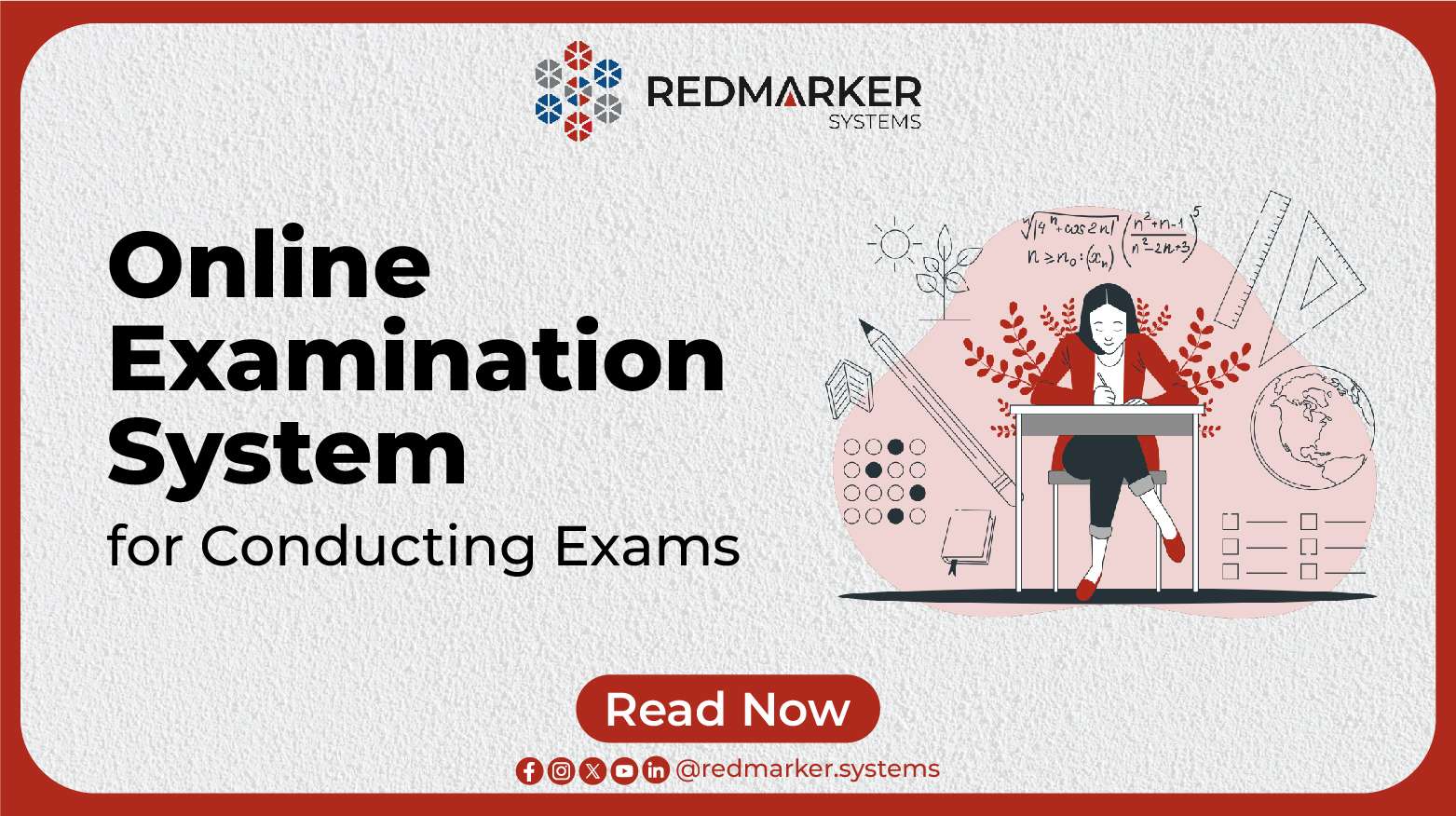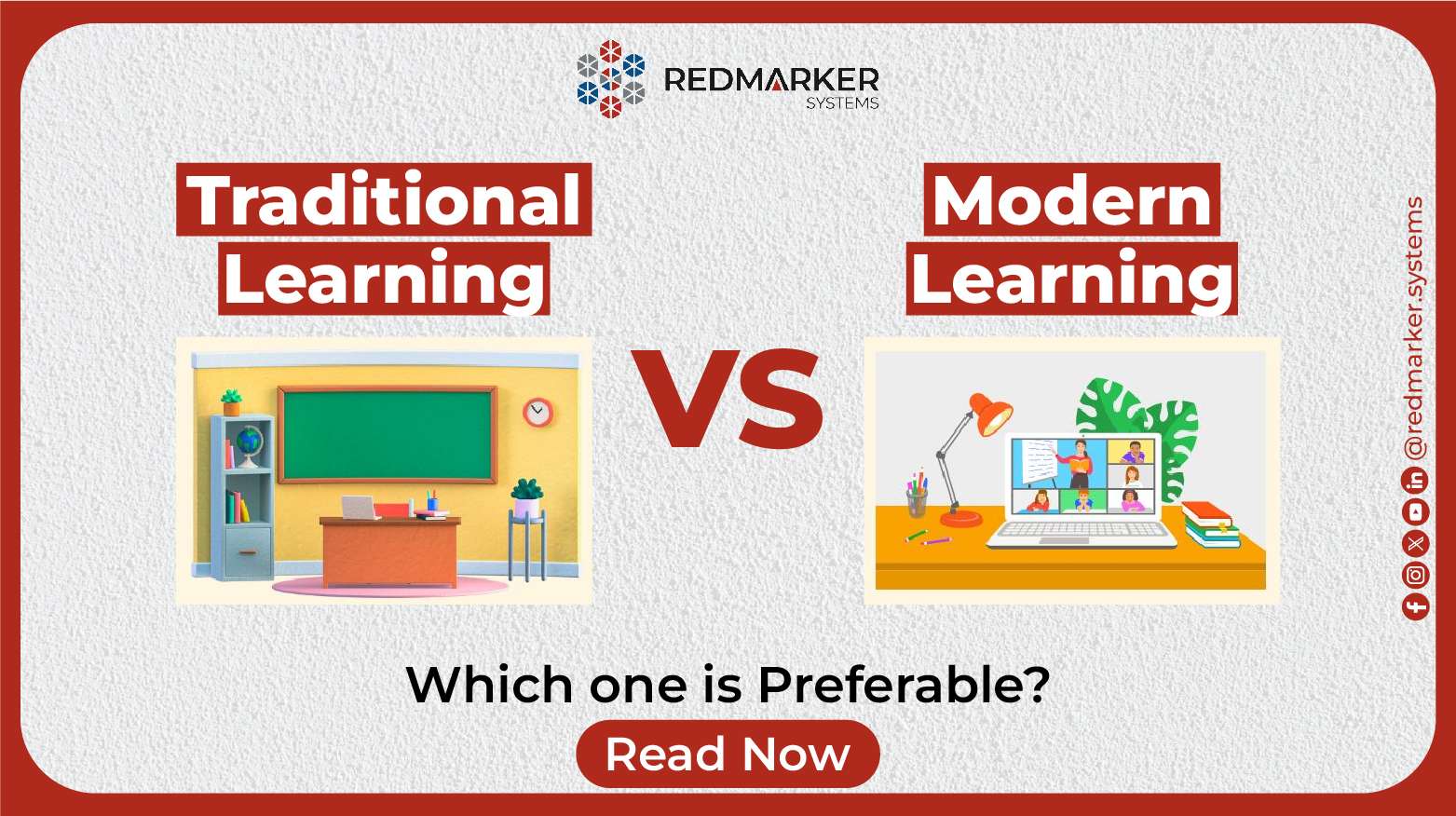
The 10 Steps Surefire Process to Implement Digital Assessments
The Breakthrough of Digital Assessments
When it comes to assessments, traditional evaluations have been a part of the classroom for a vast long period. Teachers, and especially students, are accustomed to conventional assessments. However, in science and technology, everything is only valid for a limited period before being superseded by a newer and better notion. Technological evolution produces changes more suitable for the current era in this way.
With the advancement of science & technology, specifically, the recent innovations in Information and Communication Technology (ICT), a new concept known as “Digital Assessments” has gained traction hype, a digitalized version of evaluations. Although the idea is impressive, successful implementation is critical for institutions and examination bodies.

For educational institutions, assessment systems require precise project management and change management approaches. Therefore, it’s evident that implementing and managing new testing methods involves serious consideration. Digital Assessments tools serve to support educational institutions’ distinct position by providing a safe, scalable, and efficient platform for the evaluation of learning and measuring students’ abilities.
10 Steps to Ensure the Successful Implementation of Digital Assessments
Here is a step-by-step guide to ensuring a stable and effective digital assessment solution deployment. Ensure an aligned execution of this digital transformation with business processes to get the best outcomes; let’s get started.
1- Comprehensive Research
The first step in any project to adopt a new technology or process requires thorough market research and current trends. Before you sketch your institution’s requirements, visit the service providers’ websites, sign up for demos and webinars, and compare functionality, design, reviews, and testimonials. Study institutions similar to yours and contact them to inquire and know more about their shift to online assessments.
2- Go for Framework Agreements
Based on the fact that tendering is a complex and time-consuming process that may deplete your resources extensive research paves the way to making a good decision. After doing market research, look into the possibility of framework agreements from the shortlisted companies. It saves time and money by eliminating the requirement to renegotiate conventional terms and conditions during procurement.
3- Go for Pilot Project

Consider launching a small-scale experimental trial before going all in. A pilot project is an innovative and wise approach to reducing risks and allows you to test diverse processes in safe and controlled settings. Use the information gained from these early-stage studies to analyze and adjust the plan for further implementation of digital exams. It is always better to dip in your toe before a dive; it can be a miniature of actual project implementation and is easy to manage.
4- Determine the Objectives & Scope of Pilot Project
The purpose of piloting the project is the assessment of institutional capabilities to make the transition. It’s essential to proceed by establishing the scope of the initial pilot. It’s a good idea to hold a project team discussion where you can decide what should and shouldn’t be included in this initial round of switching to digital assessments. Piloting the project with the best team leads to exceptional outcomes.
Identifying the key benefits and objectives that online assessments would bring regarding process improvement helps clearly identify operational efficiency. Identify whether this pilot contributes to ease of examination conduction, targets the logistics costs, or enhances the assessment system’s quality. Understand that clear objectives lead to better outcomes.
5- Include “Must-have” Requirements in the First Pilot
After a comprehensive analysis, there should be a breakdown of all the requirements into the following categories:
- Must-have
- Should-have
- Could-have
- Wouldn’t-have
To achieve the maximum outcomes from the pilot project, separate pilots should exist for the categories stated above. The first pilot project should be conducted to accommodate “must-have” requirements.
6- Set Success Criteria for the Pilot Project
Implementing a pilot project is only meaningful if a set of practical success criteria accompanies it. Progress-measuring parameters should be there to confirm the success of the digital transformation of the assessment lifecycle; otherwise, the goal of executing a trial project will be lost.
7- Sketch the Key Reasons Behind the Transition
The project context must be defined to synchronize the execution approach and get support from your stakeholders. Your pilot project should include a comparison of the benefits and readiness of the organization for the digitalization of exam and assessment processes.
8- Determine the Platforms & Technology Usage
Prepare a list of platforms that can be used to conduct the online assessment. Whether the on-site or off-site digital assessment will be conducted; will further clarify the choice of online assessment platform suited to your institution’s requirements.
9- Choose a Competent Team from the Beginning
Having the right individuals on board from the start of your online assessment project could be critical to its success. When establishing your team, it’s essential to communicate the advantages and disadvantages of online exams and online assessments. From the very beginning, engage and educate all stakeholders about the pros and cons of the proposed transition.

10- Proper Stakeholder Management & Engagement
Analyze if the project is well-supported by your company’s leadership and other stakeholders. With continual communication, well-planned awareness efforts, and frequent reporting, you can engage and motivate your stakeholders to accept change. After all, it is also about people who are part of any process, not just new technology when it comes to digital transformation.
A comprehensive stakeholder engagement plan should be developed and implemented right from the initiation of the pilot phase. It is essential to gain the support of all the key stakeholders right from the beginning. Engage all the key stakeholders that will be impacted or can impact the pilot and adoption of online and digital assessments. A thorough analysis of the information and communication should be ensured to make it a collaborative transition.
Your e-assessment project is a mission-critical change management initiative. Ensure you have competent management to take the change as an opportunity to achieve higher goals.
To learn how online evaluation tools have been effectively implemented in major educational institutions across the country, read more.
Conclusion
Justifiably, implementing new technology to improve processes requires considerable thought. Specifically, when we talk about educational institutions, what they have to offer is the validation of knowledge and guidance of students so that they can learn and assimilate learning objectives.
Digital assessments are more than just doing away with pens, paper, and handwriting. They offer a variety of benefits such as real-time feedback, personalized learning paths, and increased accessibility. With digital assessments, educators can easily track student’s progress and make informed decisions about their instructional practices.
Additionally, digital assessments can be more engaging and interactive than traditional paper-based assessments, which can help students stay motivated and invested in their learning. Education, recruitment, and selection are all connected via digital assessment. It ensures that the instruments used in everyday evaluations and the online assessment tools used by test-takers in their professional lives are aligned to get the desired results from a learning-based assessment system.
The best method to demonstrate the efficacy of a digitalized evaluation system is to use the results of a pilot study. A successful pilot project points the way to the ultimate project destination.
A journey of thousand miles begins with a single step! (Lao Tzu)
The best moment to take the plunge and reap the benefits of digitalization is now.
Contact us to learn more about assessments!
FAQs
Online assessments are tests or evaluations conducted using digital technologies, such as computers, tablets, or smartphones, and are delivered via the internet. These assessments can measure various skills and knowledge areas and are often used for hiring, training, education, and certification purposes.
Online assessments offer many advantages over traditional paper-based assessments, including greater efficiency, flexibility, scalability, and cost-effectiveness. They also allow for the automation of scoring, reporting, and feedback, which can save time and reduce errors.
Online reviews can be distributed in various ways, including via web-based platforms, email, or learning management systems. They can be delivered in a timed or untimed format and can consist of different types of questions, such as multiple-choice, open-ended, or interactive simulations.
Online assessments can be highly reliable and accurate if they are developed using sound assessment principles and are properly administered and scored. However, it is essential to ensure that the assessments are designed to measure what they are intended to measure and that they are fair and equitable for all test-takers.
There are many different types of online reviews, including personality assessments, cognitive ability tests, skills tests, situational judgment tests, and behavioral assessments. These assessments can be used for various purposes, such as recruitment and selection, employee training and development, and educational testing.


